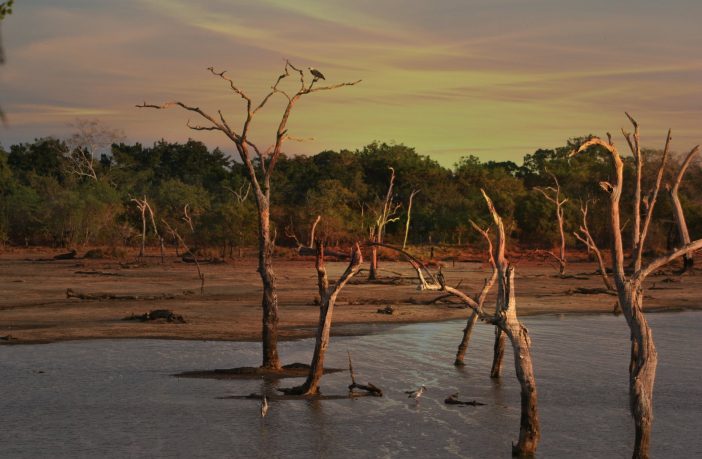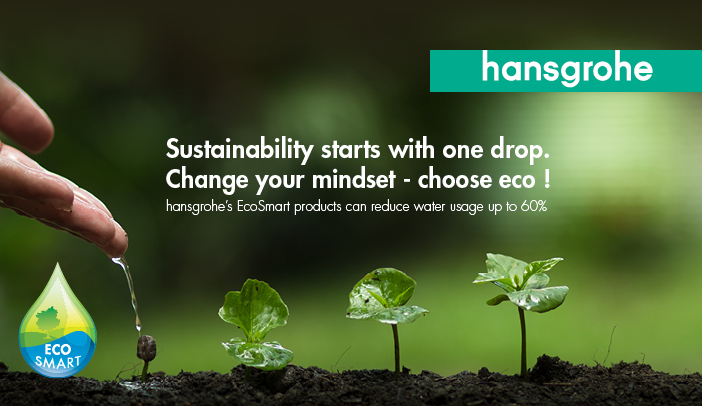- Lindiwe Sisulu, South Africa’s human settlements, water and sanitation minister, has unveiled the country’s National Water and Sanitation Master Plan to ensure water security.
Launched on Thursday (28 November) at the CSIR Conventional Centre in Pretoria, the plan outlines a series of urgent steps to be taken and implemented in order to address systematic and infrastructural challenges to secure continuous and uninterrupted water supply for both community and business use.
It also sets out the critical priorities to be addressed by the water sector in the period from 2018 – 2030. The priorities are clustered into two sections, namely Water and Sanitation Management and Enabling Environment.
Speaking on Thursday, Sisulu said that as the water and sanitation sector their job is to guarantee – not only for the short term but also for the very long term – the availability of water and to assure investors that South Africa is open for business.
“We also have to provide the same guarantee for our local businesses big and small, and our farmers. It is for that reason that we are launching this Master Plan,” Sisulu said.
Water is a key topic at the African Utility Week and POWERGEN Africa conference. Click here to register to attend or for more information about the event.
Inequality addressed in water master plan
While significant progress has been made in reducing the inequalities in the water sector, the country still has significant and unacceptable levels of inequality and poverty.
The Minister warned that the inequitable access to water and sanitation services, and the deteriorating safety and reliability of these services, is threatening South Africa’s ability to achieve Sustainable Development Goal (SDG) 6, which is ensuring water and sanitation for all.
“There is not enough water for a country that is industrialised with high population growth. The demand simply outweighs the supply [and]these shortcomings are impacting negatively on job creation, economic growth and on the well-being of everyone in South Africa.
“To date, there are still over three million people without access to basic water supply services, while only 64% of households have access to a reliable water supply. With respect to the bulk water resources, on which the country depends, it is projected that demand will grow by 17% in 2030,” Sisulu said.
This demand will only be met if the planned infrastructure is timeously completed and demand growth constrained by appropriate policy interventions coupled with a mixed development approach, she said.
Maintenance of ageing water infrastructure
Public Works and Infrastructure Minister, Patricia de Lille, stressed the need to maintain ageing infrastructure while at the same time building new infrastructure.
“We need to look at the water leaks all over the country so that we don’t waste the resource,” De Lille said.
She said the government will be investing in a number of water resource infrastructure projects, including, among others, the Lesotho Highland Water Project phase two, De Hoop Dam in Limpopo and Clanwilliam Dam.
Water Research Commission CEO, Dhesigen Naidoo, encouraged citizens to take advantage of the opportunities around the digitisation of the way the country manages water.
“The Fourth Industrial Revolution (4IR) is very real and it is already with us,” Naidoo said.
Source: South African Government News Agency
Author: Nicolette Pombo-van Zyl
This article was originally published on ESI Africa and is republished with permission with minor editorial changes.
















